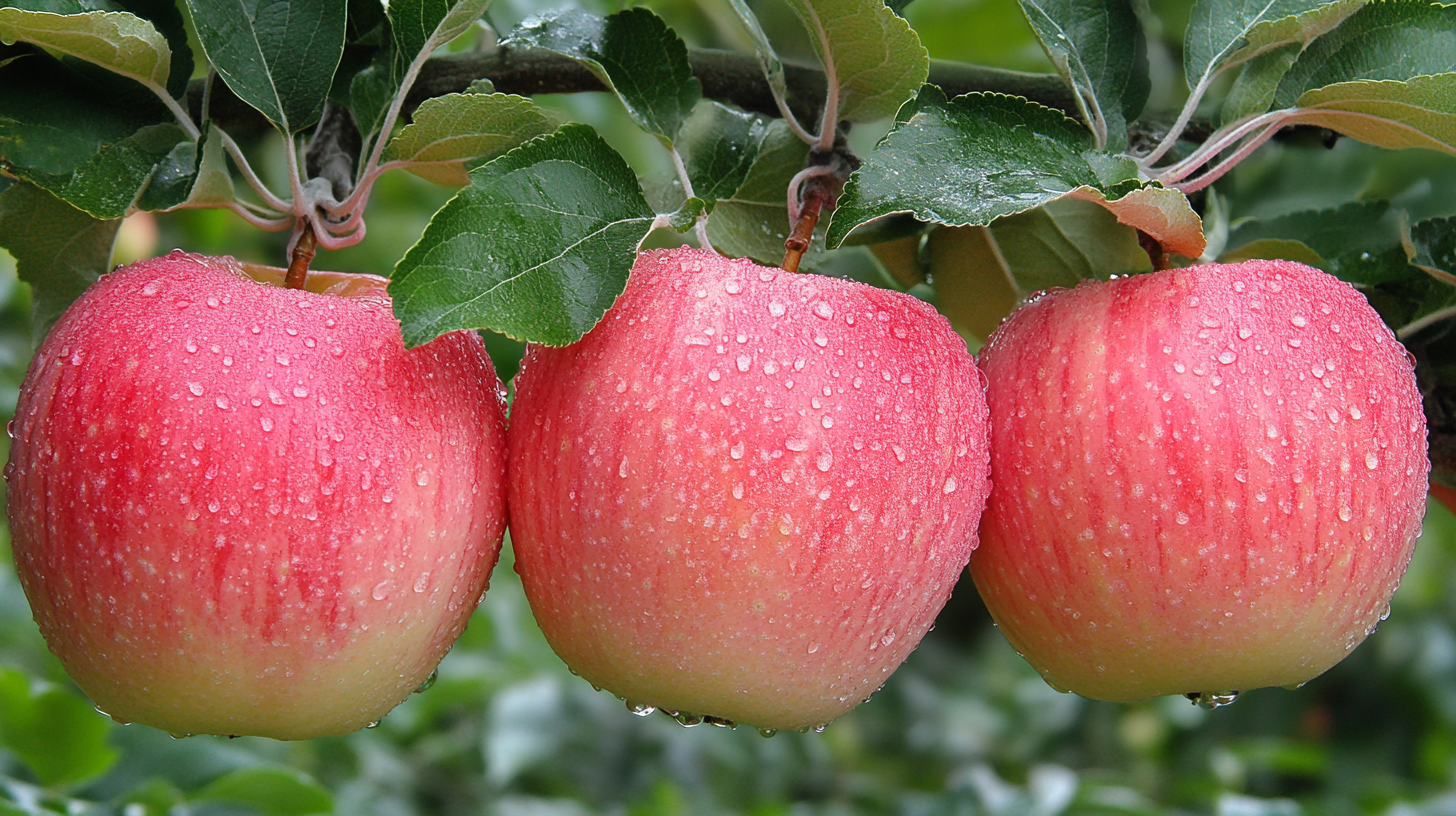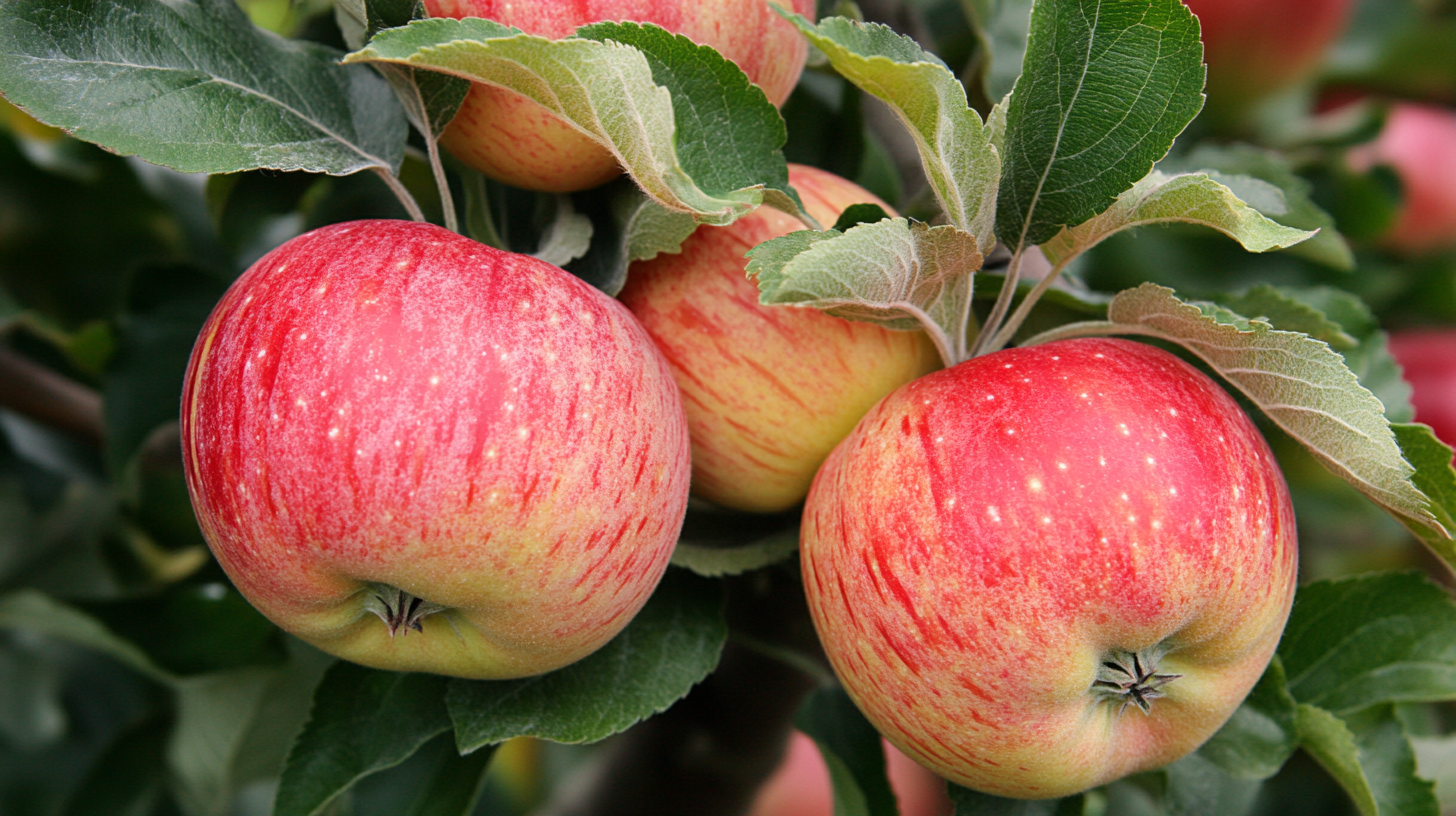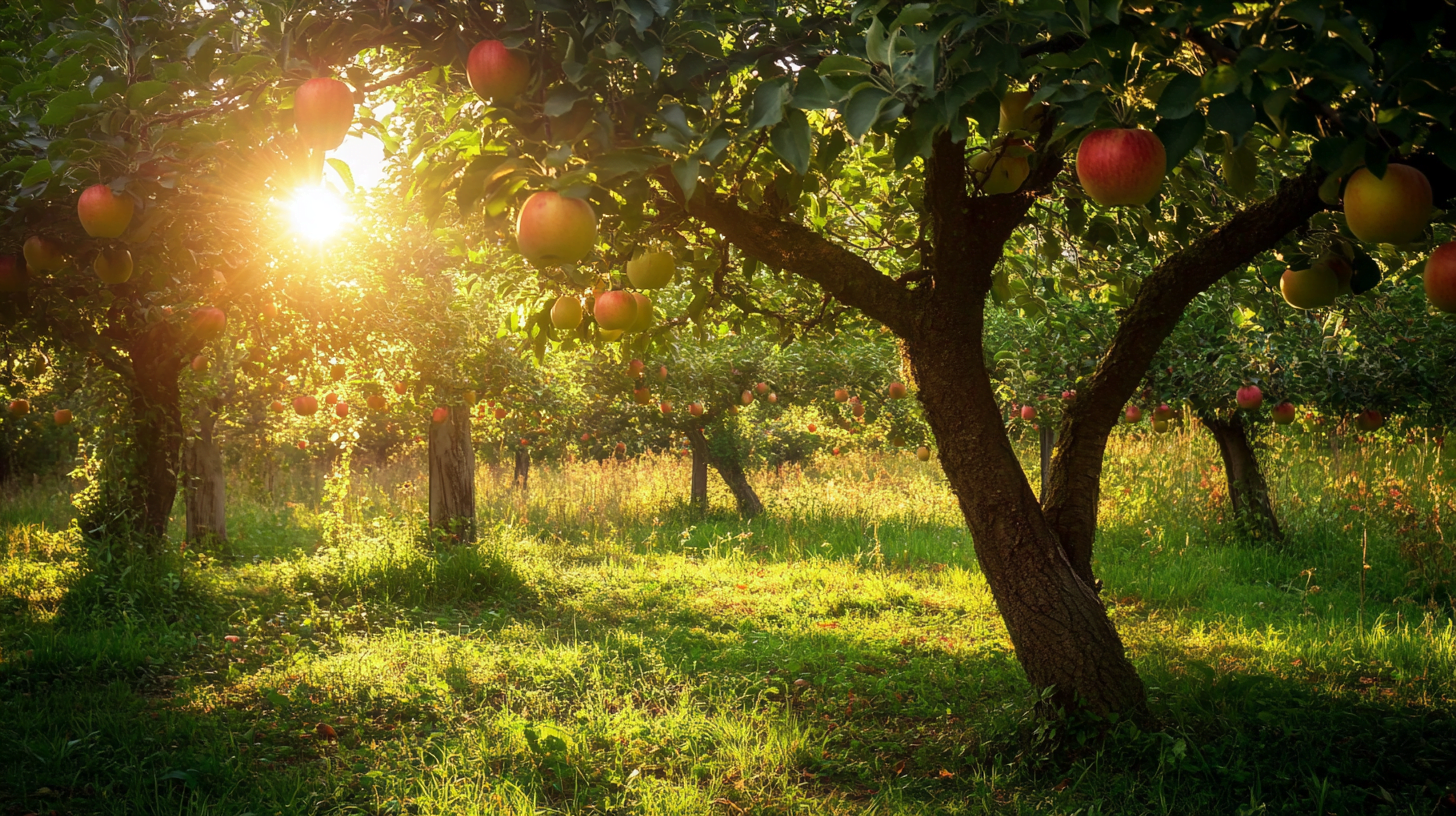Beautiful Plants For Your Interior
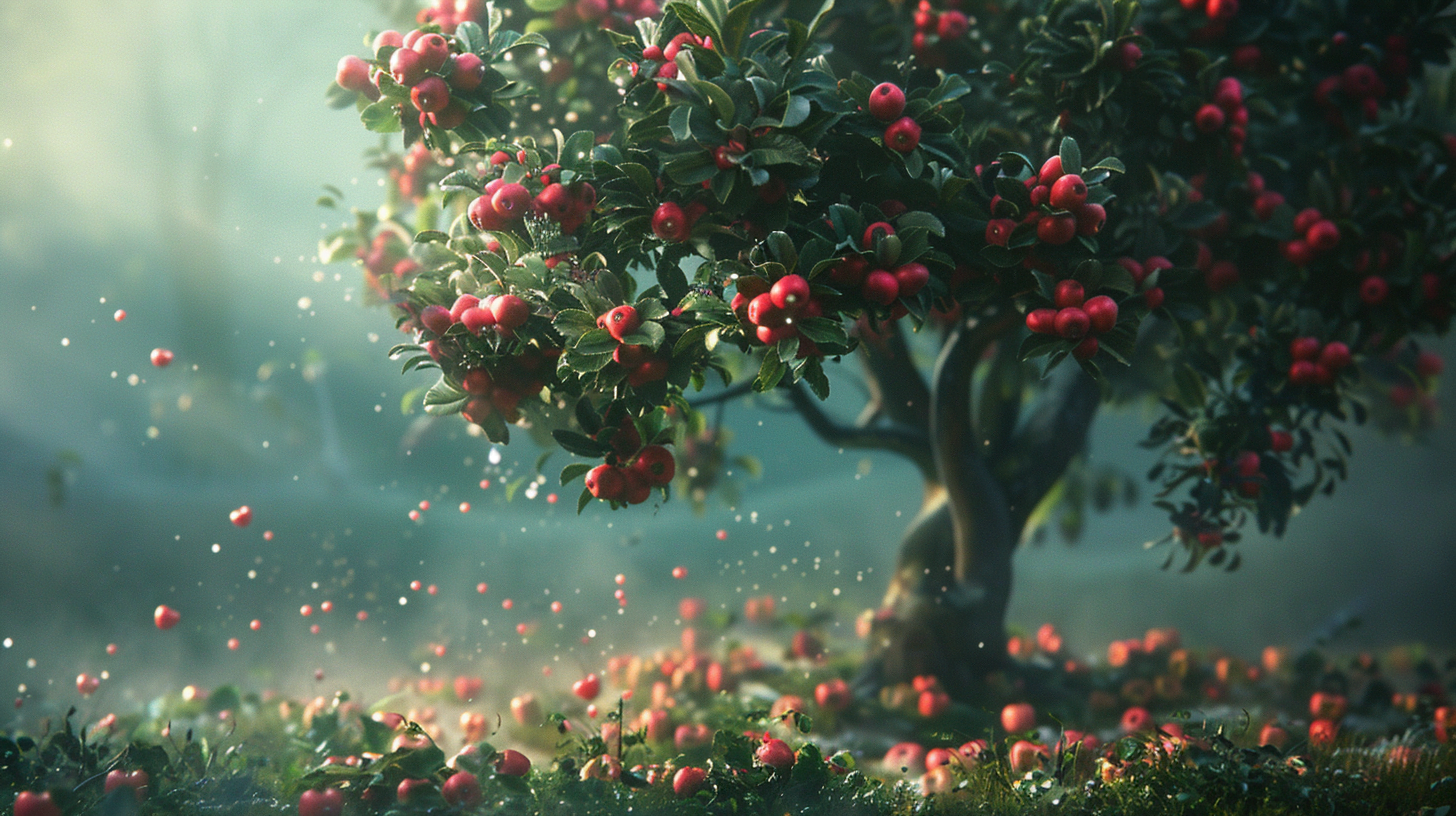
Table of Contents
Understanding Apple Tree Reproduction
Apple trees, like many other fruit trees, have a fascinating and complex reproductive process. This process is crucial for the production of apples and the maintenance of genetic diversity within apple orchards. In this guide, we’ll explore the various methods of apple tree reproduction, the factors that influence it, and best practices for ensuring successful pollination and fruit set.
The Basics of Apple Tree Reproduction
What is Apple Tree Reproduction?
Apple tree reproduction involves both sexual and asexual methods. Sexual reproduction occurs through the process of pollination and fertilization, leading to the production of seeds. Asexual reproduction, on the other hand, involves techniques like grafting and budding to produce genetically identical trees.
Sexual Reproduction in Apple Trees
How Does Sexual Reproduction Work in Apple Trees?
The Role of Flowers in Reproduction
Apple flowers are the starting point for sexual reproduction. Each flower contains both male (stamens) and female (pistils) reproductive organs. The stamens produce pollen, while the pistils contain the ovules that need to be fertilized.
Pollination Process
Pollination is the transfer of pollen from the stamens to the pistils. There are two main types of pollination:
- Self-pollination: Pollen from the same flower or another flower on the same tree fertilizes the ovules.
- Cross-pollination: Pollen from one tree fertilizes the ovules of a different tree. This is the most common method for apple trees, as they are generally self-incompatible.
Pollinators and Their Role
Pollinators, such as honeybees, bumblebees, and other insects, play a crucial role in transferring pollen between flowers. They collect nectar and, in the process, transfer pollen from one flower to another, facilitating cross-pollination.
Fertilization and Fruit Development
Once pollen reaches the pistil, it travels down the style to fertilize the ovules in the ovary. This fertilization process leads to the development of seeds and the growth of the apple fruit.
Asexual Reproduction in Apple Trees
What is Asexual Reproduction in Apple Trees?
Asexual reproduction involves creating new apple trees without seeds. This method is essential for maintaining specific apple varieties and ensuring uniformity in fruit production.
Common Methods of Asexual Reproduction
Grafting
Grafting involves joining a scion (a piece of a desired apple variety) to a rootstock (the root system of another tree). This method ensures that the new tree will produce the same type of apples as the scion.
Budding
Budding is a type of grafting where a single bud from the desired tree is inserted into the rootstock. This method is efficient and allows for the production of many trees from a small amount of scion material.
Layering
Layering involves bending a branch to the ground and covering it with soil to encourage root development. Once roots form, the new plant can be separated from the parent tree.
Factors Affecting Apple Tree Reproduction
Environmental Factors
Climate and Weather Conditions
Ideal conditions for apple tree pollination include mild temperatures and low wind. Adverse weather, such as heavy rain or extreme temperatures, can hinder pollination and fertilization.
Soil and Nutrient Requirements
Healthy soil rich in nutrients is vital for apple tree growth and reproduction. Regular soil testing and appropriate fertilization can help maintain optimal soil conditions.
Biological Factors
Varietal Compatibility
Choosing compatible apple varieties for cross-pollination is crucial. Some varieties, like Golden Delicious, are excellent pollinators for other apple trees.
Ploidy and Genetic Compatibility
Apple trees can be diploid or triploid. Triploid varieties, such as Mutsu, cannot produce viable pollen and require diploid varieties for pollination.
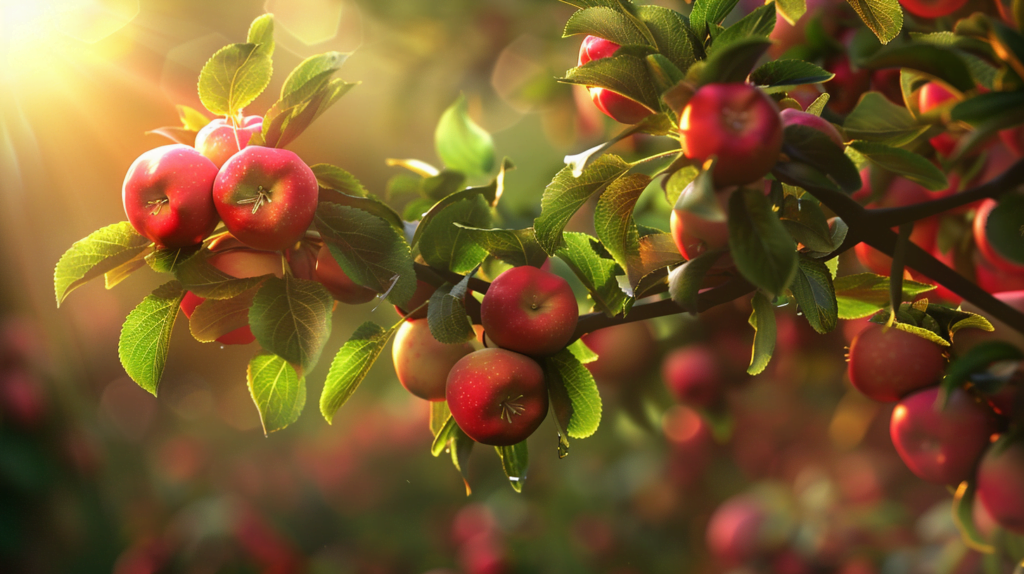
Enhancing Apple Tree Reproduction
Best Practices for Successful Pollination
Planting Strategies
Planting apple trees in close proximity and ensuring a mix of compatible varieties can enhance cross-pollination. Crabapple trees are often used as pollinators due to their abundant flowers.
Creating a Pollinator-Friendly Environment
Planting a variety of flowering plants and providing nesting sites for bees can attract and support pollinators. Reducing pesticide use is also crucial for maintaining healthy pollinator populations.
Artificial Pollination Techniques
In cases where natural pollination is insufficient, hand pollination can be used. This involves manually transferring pollen from one flower to another using a small brush.
Challenges in Apple Tree Reproduction
Common Challenges and Solutions
Poor Pollination Conditions
Adverse weather and lack of pollinators can lead to poor pollination. Solutions include planting more pollinator-friendly plants and using artificial pollination methods.
Inadequate Pollinator Presence
To attract more pollinators, consider placing beehives in the orchard and planting a variety of flowering plants.
Dealing with Sterile Pollen Varieties
Understanding the ploidy of your apple varieties and planting compatible pollinators can help manage sterile pollen issues.
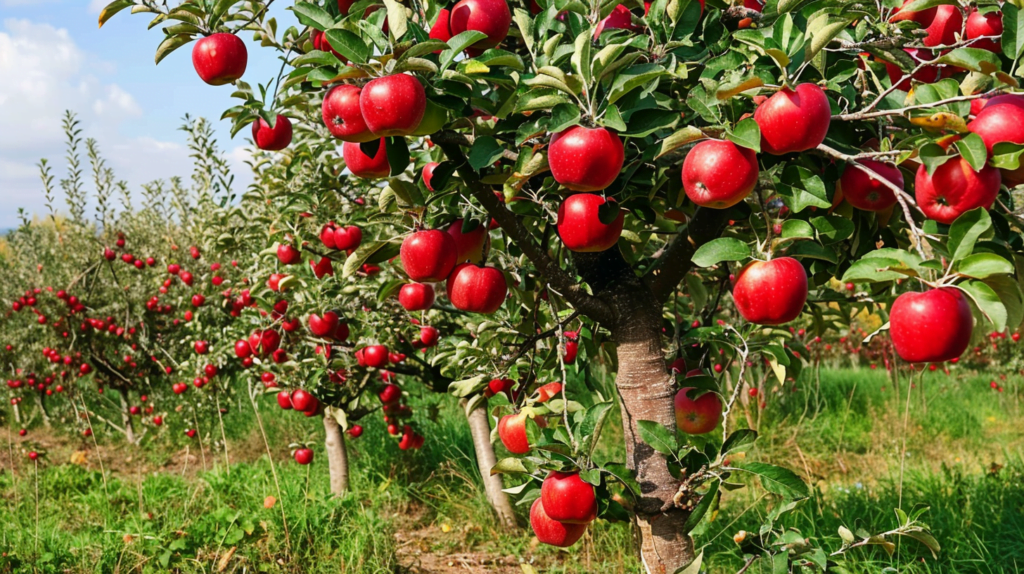
Conclusion
Summary of Key Points
Apple tree reproduction involves both sexual and asexual methods. Understanding the role of pollinators, environmental factors, and best practices can help ensure successful apple production.
Final Thoughts
By applying these best practices and understanding the complexities of apple tree reproduction, growers can achieve healthy, productive orchards and contribute to the biodiversity and sustainability of apple cultivation.
FAQs
Frequently Asked Questions
Can apple trees self-pollinate?
Most apple trees are self-incompatible and require cross-pollination from another variety to set fruit.
How far apart should apple trees be planted for effective pollination?
Apple trees should be planted within 20 meters of a pollinator tree to ensure effective cross-pollination.
What are the best pollinator partners for apple trees?
Good pollinator partners include varieties like Golden Delicious, Granny Smith, and crabapple trees.
How can I improve pollination in my apple orchard?
Plant a variety of flowering plants, provide nesting sites for bees, and consider artificial pollination techniques if necessary.
What are the signs of successful apple tree pollination?
Successful pollination is indicated by the development of fruit and seeds within the apples.
By following these guidelines and understanding the intricacies of apple tree reproduction, you can ensure a bountiful and healthy apple harvest.
